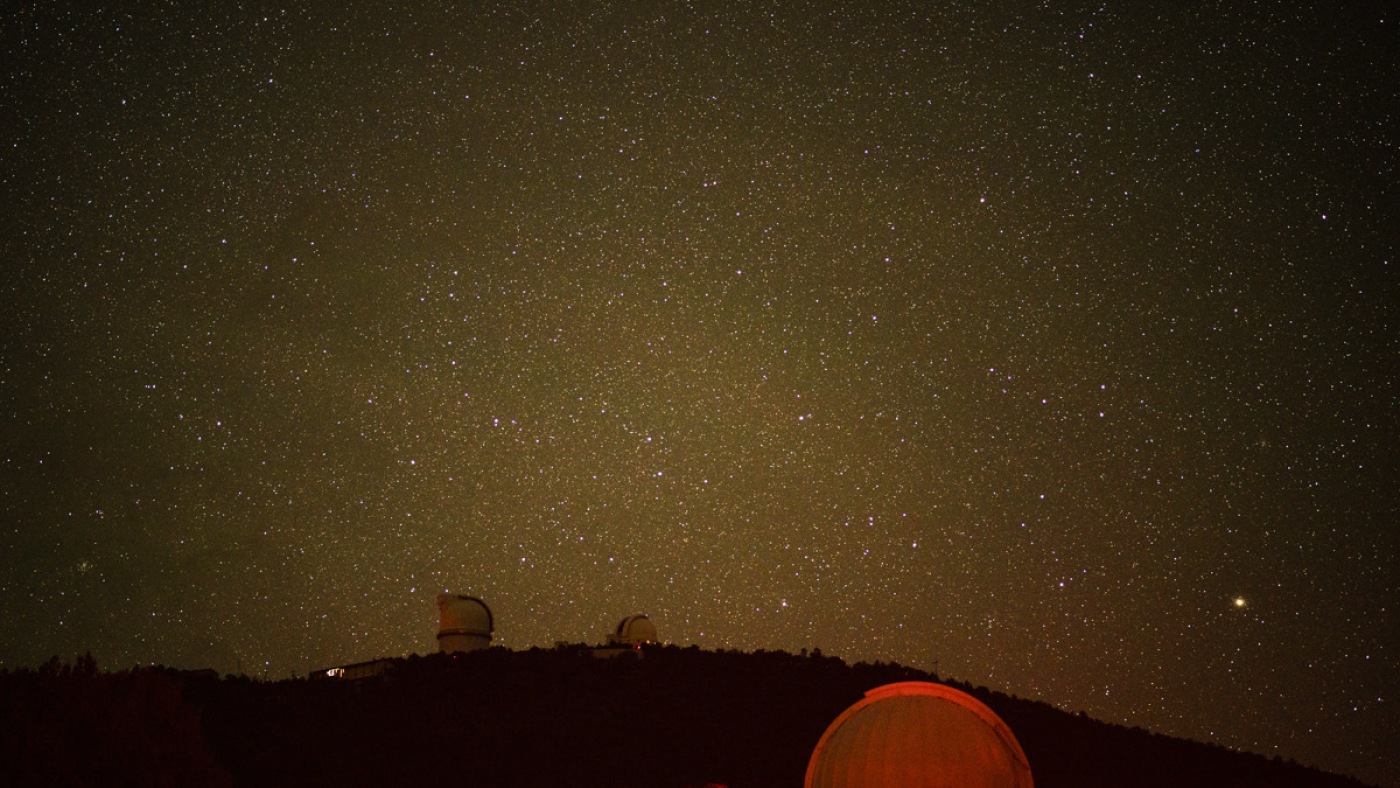The vast, clear night skies of West Texas have long attracted astronomers and stargazers alike, but recent efforts to protect this celestial treasure have elevated the region to global significance. Home to the Greater Big Bend International Dark Sky Reserve—the largest certified dark sky reserve in the world—West Texas stands as a beacon for combating the modern menace of light pollution. This report explores the ongoing struggle, strategies, and successes in preserving one of Earth’s most pristine nightscapes.
The Greater Big Bend International Dark Sky Reserve: A Cosmic Sanctuary
Spanning over 15,000 square miles across four Texas counties—Jeff Davis, Brewster, Presidio, and Reeves—and extending into Coahuila, Mexico, the Greater Big Bend International Dark Sky Reserve represents a monumental achievement in international cooperation for environmental preservation. Certified in the spring of 2022 by the International Dark-Sky Association (IDA), this reserve set a new standard for protecting the natural darkness of the night sky.
The designation of this area as a “dark sky reserve” goes beyond its darkness alone; it mandates strict policies designed to curtail sources of light pollution and preserve the nocturnal environment. With core zones that require the highest levels of protection, the reserve balances conservation needs with human activity in buffer zones, ensuring that scientific research, tourism, and local communities can coexist in harmony without compromising the integrity of the night sky.
The Threat of Light Pollution and Its Ecological Impact
Light pollution, the brightening of the night caused by artificial lights, has surged with urban and industrial expansion. Its effects extend far beyond hampering the ability to see stars. Ecologically, it disrupts wildlife behaviors, such as migration and reproduction, creating ripple effects across ecosystems. For astronomers, light pollution is a critical obstacle, reducing the visibility and quality of celestial observations.
West Texas, with its arid climate, low population density, and minimal artificial light, has historically offered some of the darkest skies in the United States. However, the surge in oil and gas development, along with expanding towns, has threatened this precious resource by increasing “skyglow,” a diffuse illumination that clouds the heavens. The Greater Big Bend International Dark Sky Reserve initiative aims to reverse this trend, restoring the night’s natural darkness for ecological health, scientific research, and tourism.
Coordinated Regional Efforts and Community Engagement
The reserve is the product of collaboration among astronomers, government agencies, local communities, and businesses. The McDonald Observatory plays a critical role, not only conducting observations but also leading public education efforts through its Dark Skies Initiative. This program collaborates with West Texas businesses, recognizing those who adopt “night sky friendly” lighting practices—such as shielded fixtures and low-intensity bulbs—to limit light trespass and glare.
Municipal policies have also evolved to regulate outdoor lighting more effectively, restricting bright, unshielded lights and promoting energy-efficient alternatives. The inclusion of Mexican regions within the reserve’s boundaries highlights a unique transboundary partnership, underscoring that night sky preservation transcends political borders and requires multinational cooperation.
Economic and Scientific Benefits
Dark sky tourism is an emergent economic driver in West Texas. Visitors drawn by the promise of stargazing under some of the darkest skies in the world contribute to local businesses, fostering sustainable development that respects the environment. The reserve’s enormous size and high-quality darkness attract both amateur and professional astronomers, enhancing opportunities for research and education.
The McDonald Observatory’s planned annual Dark Skies Festival further promotes public awareness and appreciation of the night sky, offering interactive programming that connects communities, scientists, and visitors. These initiatives knit together economic vitality with environmental stewardship, demonstrating that preservation and progress can mutually reinforce each other.
Challenges Ahead and Continuing Vigilance
Maintaining the reserve’s status and dark quality is not without challenges. Continued oil and gas activity remains a source of skyglow, and expanding infrastructure can inadvertently introduce problematic lighting. Vigilant enforcement of lighting codes, ongoing business engagement, and public education remain priorities.
Moreover, as urban areas grow, the reserve acts as a bulwark against the creeping expansion of light pollution, serving as a vital refuge for nocturnal ecology and astronomy. The engagement of wider communities in Texas and Mexico is crucial to sustaining momentum.
Conclusion: Guardians of the Night
The Greater Big Bend International Dark Sky Reserve exemplifies how visionary collaboration and strong community commitment can safeguard a vanishing global resource. In an age where artificial light threatens to erase the stars, West Texas emerges as a steadfast guardian of the night—for its people, wildlife, and all who look heavenward in wonder.
This achievement is not only a triumph for West Texas but an inspiring model for dark sky preservation worldwide. The success of the reserve demonstrates that with thoughtful policies, community involvement, and international cooperation, it is possible to reclaim and preserve the night sky’s splendor in an increasingly illuminated world. As light pollution grows elsewhere, this dark sky reserve shines brighter as a sanctuary of cosmic heritage and natural beauty.











